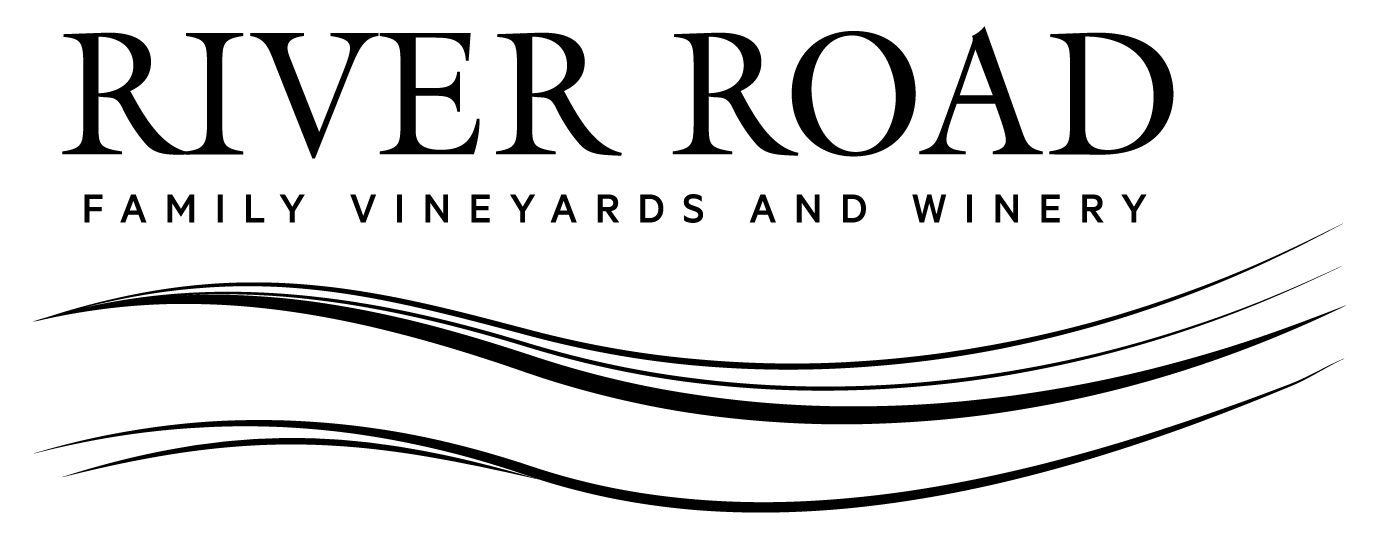VINEYARD UPDATE – THE PRUNING CONTINUES
Our vineyard manager Alvaro Zamora is dodging raindrops these days, as he continues to prepare our estate vineyard for spring. He’s a master at interpreting the visual appearance of the vines and pruning accordingly. How does he do this when the vines are dormant?
In addition to markings he made in the vineyard during last year’s growing season, a primary cue for him is the thickness of the woody canes. A vine that’s carrying mostly thick canes was one that had great vigor and reserves of nutrients, during last year’s growing season. This suggests that the vine needs to be pruned, with more buds and potential for more clusters this year. Conversely, if the vine is showing many thin or short shoots, we will prune to fewer buds. This allows the vine to invest more energy into a healthy root system, bringing it back into balance. See the photo below for examples of a strong cane next to a weaker one.

Additional factors that determine pruning decisions we’ve chosen for each block:
- Historic yields for each clone
- The type of architecture (cordon versus cane)
Grape uniformity at harvest, along with productivity of the vine for years to come, are the ultimate goals. With nearly 14,000 vines on our property, it’s quite a project to prepare our Pinot Noir and Chardonnay vines for the 2018 vintage!
COMPOST TEA
In 2016 we began applying compost “tea” to our vineyard, to increase nutrients and promote overall soil health. The tea was brewed over 24 hours using composted manure and rice hulls, in an oxygen rich water tank. This created high concentrations of beneficial microbes. The tea was coarsely filtered after 24 hours of brewing, to prevent clogging our irrigation system. This was followed by an application to our soil under each vine. Most of the nutrients from the compost are tied up in the microbial biomass, so the addition of this compost tea is not intended to replace nitrogen or other nutrients used by the vine. Instead, these newly introduced microbes should increase the natural cycling of the nutrients in our soil, releasing them for use by the grapevines.
In order to evaluate the effectiveness of the tea treatment, we approached this as an experimental trial. We left half of our Clone 115 Pinot Noir block untreated. Soil samples were taken and sent to a lab for analysis. Microorganisms were classified by type (bacteria, fungi, etc.), with beneficial types highlighted. We also tracked analysis from grapes to wine, both analytically and through sensory evaluation.

In mid-January, we met with Mark Greenspan and JT Jaeger, from Advanced Viticulture. (Mark Greenspan is a member of our Ron Rubin Winery Dream Team.) Mark and JT came to the vineyard to taste the wines and discuss the results to date. I’ve mention Mark’s name in previous columns, as it is his firm which provides weekly vine and soil moisture monitoring and recommendations on irrigation. They’ve enabled us to make well informed decisions and reduce our irrigation applications dramatically. The compost tea is another tool to improve our sustainability and grow better grapes, so we were excited to go this route!
As we looked over the soil and wine analysis, small differences were observed, yet the wines showed very similar flavor and aroma profiles. In general, the differences would not be scientifically significant, so we’ll have to withhold judgement for now. That’s the challenging part of scientific inquiry, especially in a less-controlled environment like a vineyard. We’d like to make sound decisions based on analysis. In some cases, we have to still rely on our gut.
We’ll continue with the compost tea applications in 2018, along with our experimental blocks. Changing a soil microbial ecosystem is known to be a years-long endeavor!
2017 VINTAGE WINES
With exception of our 2017 Un-Oaked Chardonnay, which bottled in December 2017, the wines produced during the last vintage are resting in tanks and barrels. In almost every case, fermentation is complete, although we have a few sluggish wines that don’t want to finish malolactic fermentation. These slow-to-finish wines remind me of Old World cellars, which get so cold that they induce a hibernation, of sorts, in the wines. As soon as conditions warm up in the spring, the malolactic bacteria get back to work, with CO2 bubbles being evidence of this activity.
In our cellar, it’s easier to control heat or cool, as necessary. Yet, some wines seem to resist all encouragement to complete fermentation. Heavy handed techniques can result in loss of wine purity, so we’re careful to not intervene. As long as no flaws develop, such as oxidation or increasing vinegar content, we employ vigilance and a little patience. Eventually the wine responds.
Cheers!




